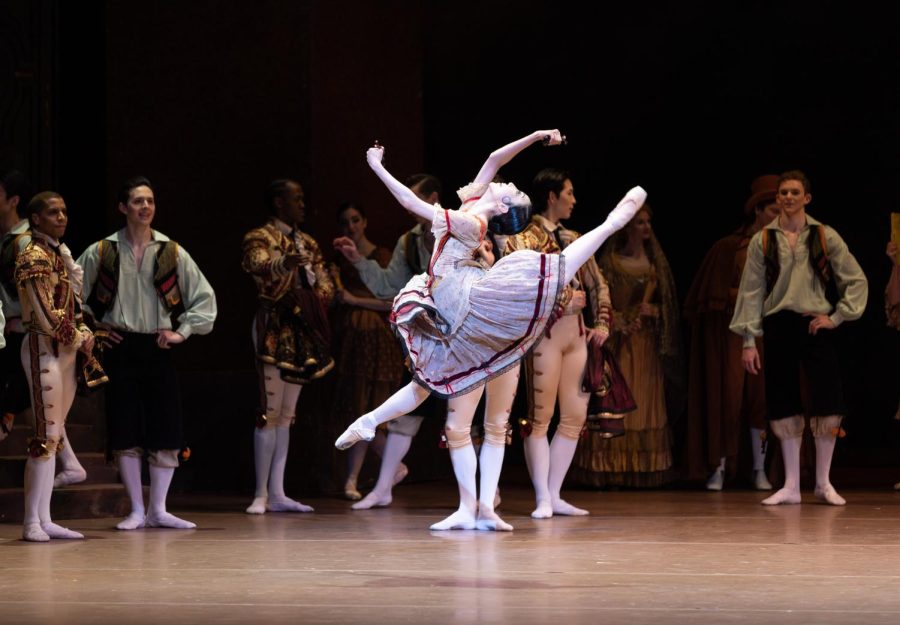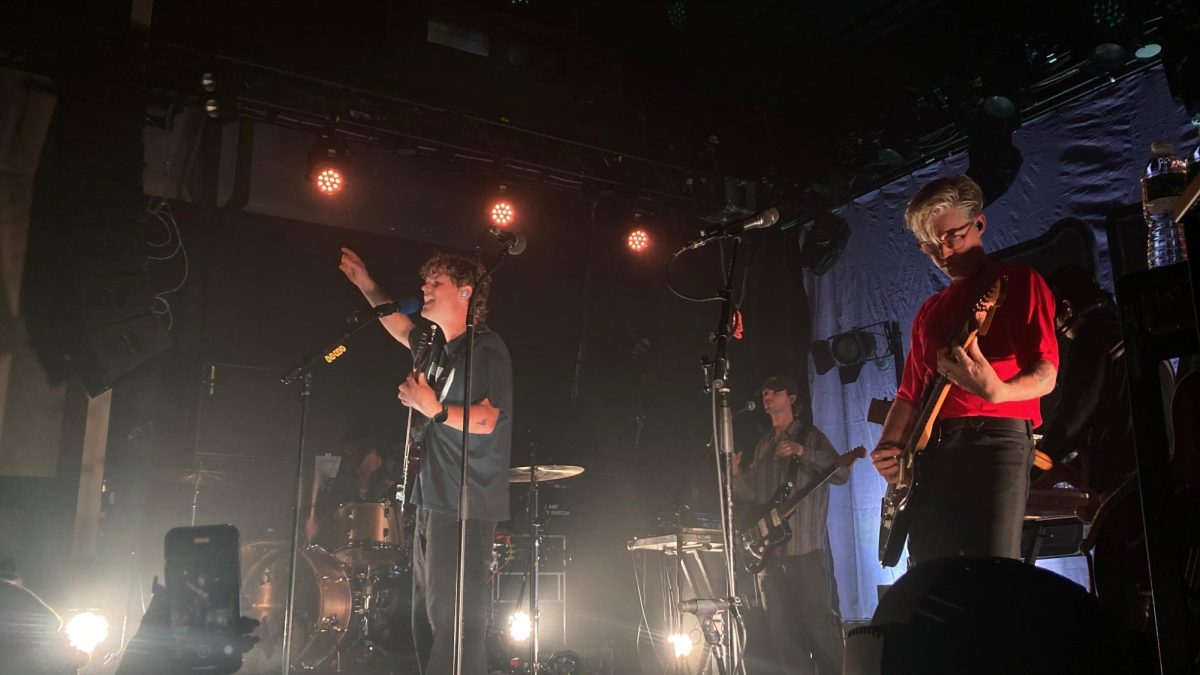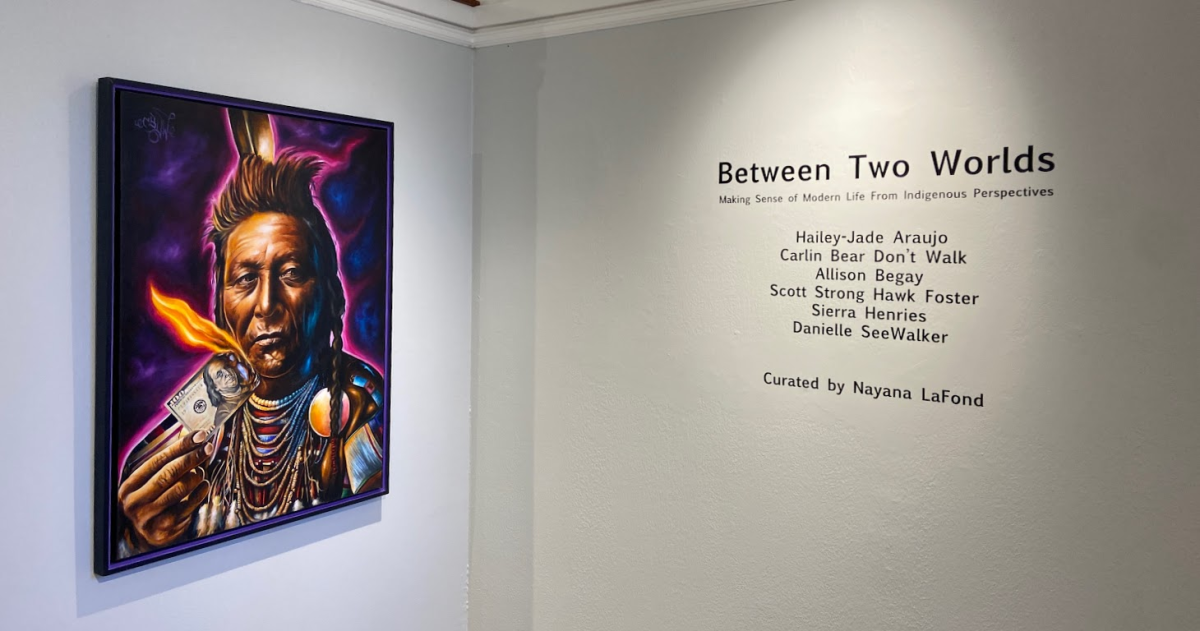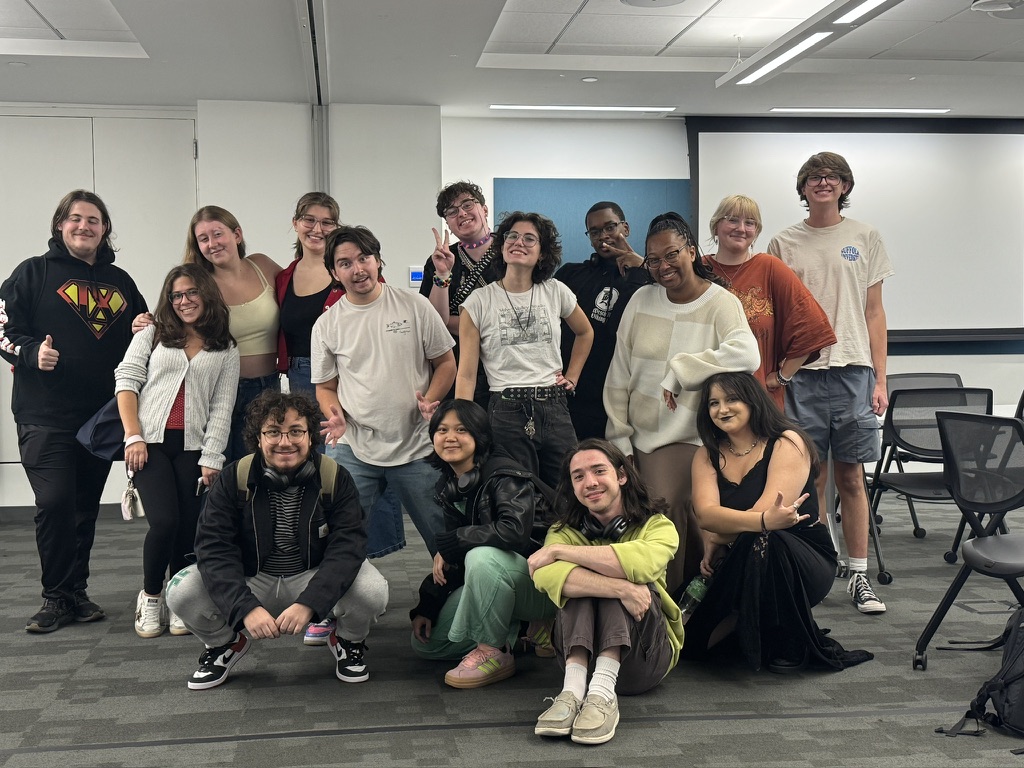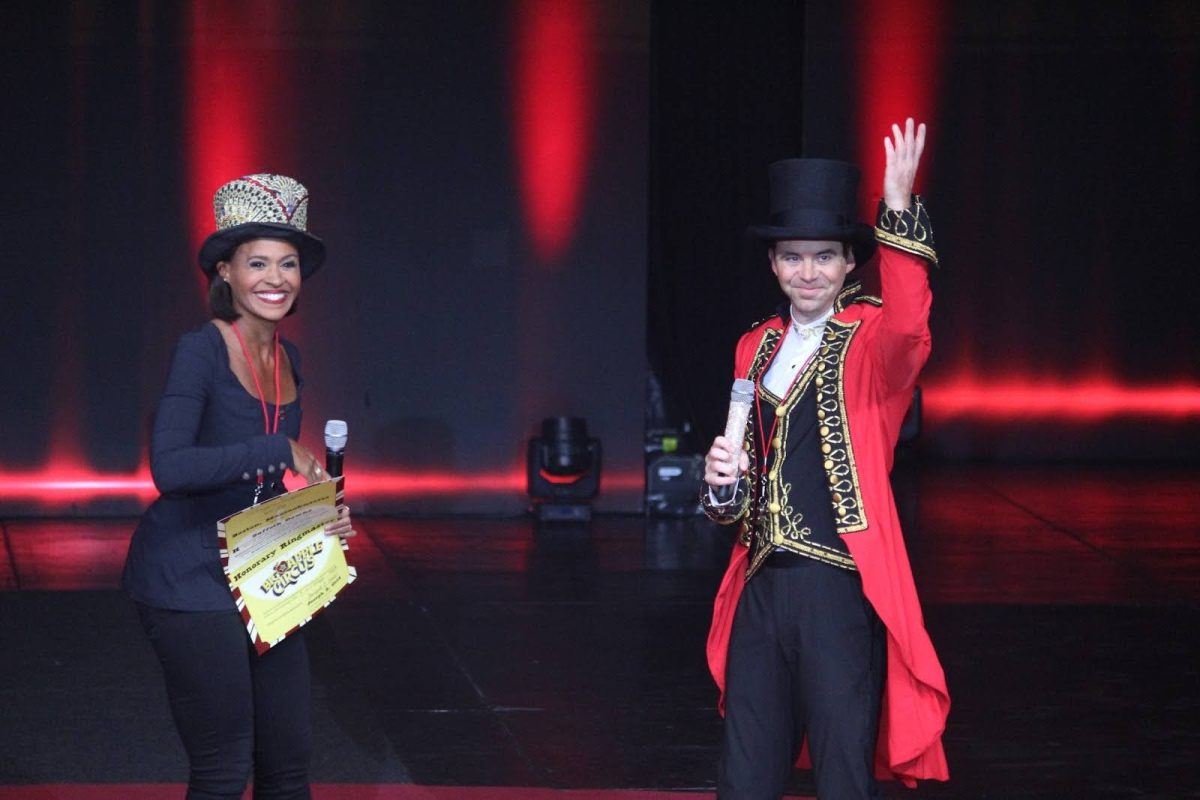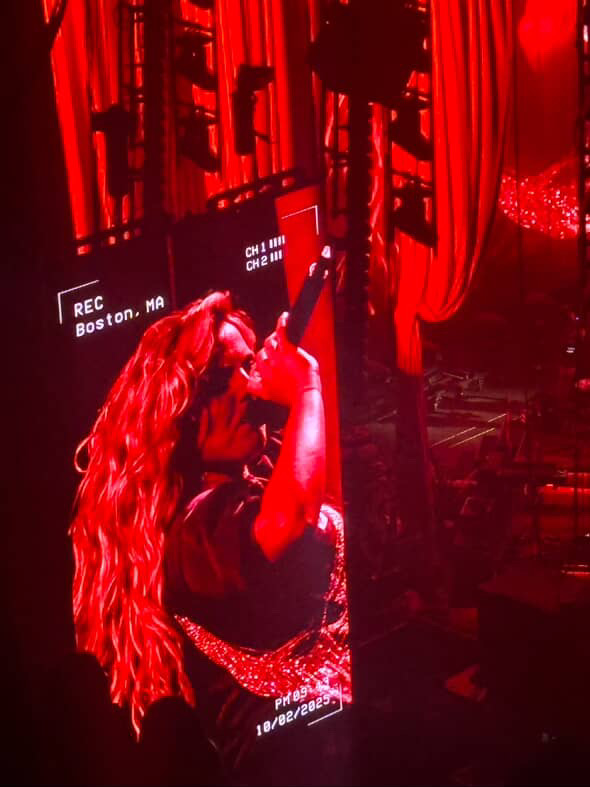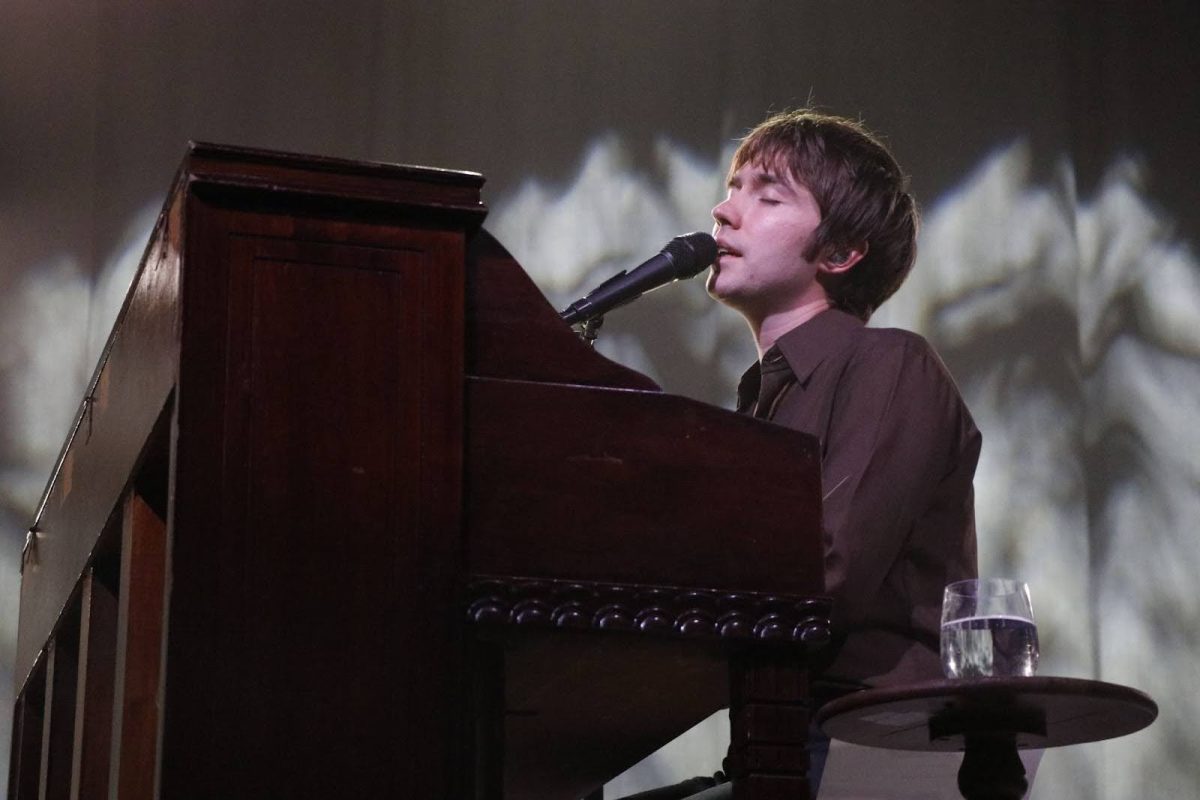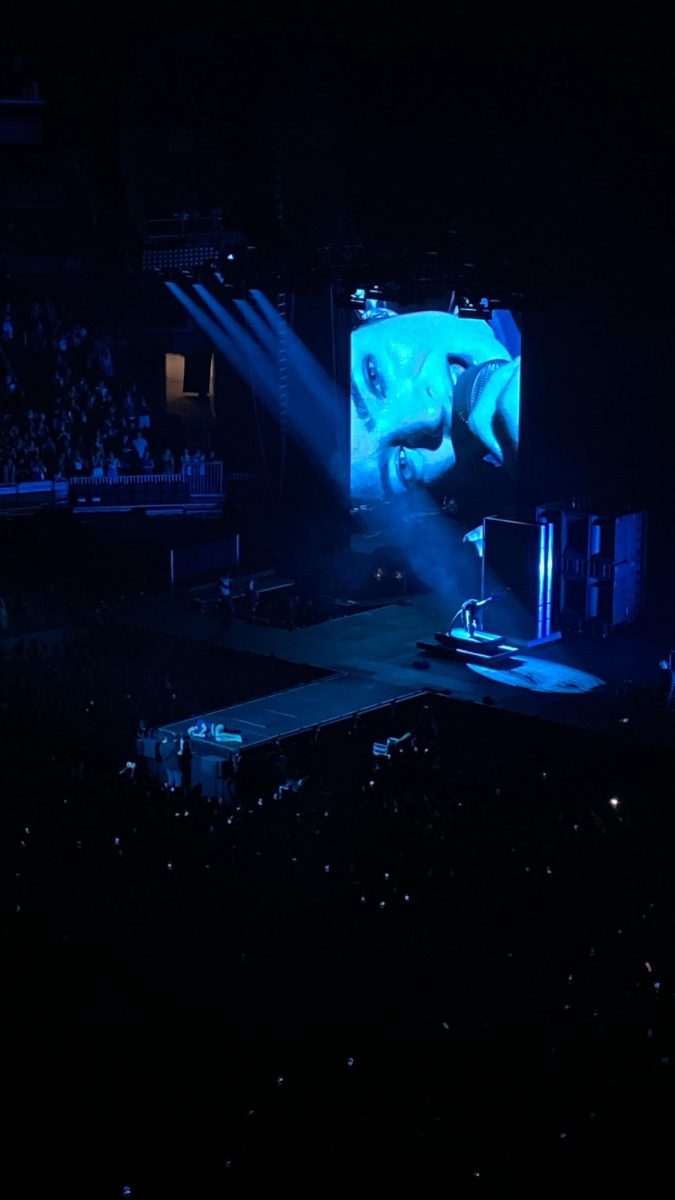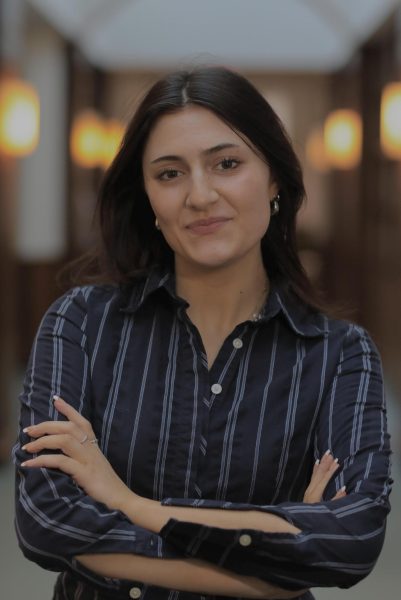The Boston Ballet wrapped up their performance of Miguel de Cervantes’ “Don Quixote,” choreographed by Rudolf Nureyev, on March 26, closing out on a beautiful and heartwarming show.
The story of Don Quixote is adapted from the novel “The Ingenious Gentleman Don Quixote of La Mancha” by Cervantes, which follows the eccentric and delirious Don Quixote, an older gentleman caught up in fantasy. The ballet centers around the characters of Kitri and Basilio, two lovers who are trying to be separated by Kitri’s father.
Basilio and Kitri flee their town in defiance, followed by Don Quixote, who believes that Kitri is a fictional woman, Dulcinea, who he has been tasked to save.
The classic novel’s dance adaptation was extensive in its sets and locations, as well as its costuming, which were all crucial to bringing the story of grandeur to life. With Don Quixote’s overactive imagination, moments of the performance required fantastical elements which were expertly executed.
The second act’s performance “Don Quixote’s Visions” implemented style and costuming that was more reminiscent of classic ballet styling, including more fantasy elements. This contrast between the other acts made this one especially eye-catching and ethereal to view.
Other moments of fantasy, like Don Quixote’s encounter with the windmill, were well done as it contributed humor and intrigue. Dancers with torn parasols surround Don Quixote as a manifestation of his vision that the windmill was a monster. This choice was engaging and dynamic and resulted in a successful execution of this fantasy element.
The performance integrated a more diverse lineup of dance styles than most other Boston Ballet performances, with a clear Spanish influence on some of the ensemble performances.
Act I’s scene “A Plaza in Barcelona” featured dancers portraying matadors, who wielded embellished capes that contributed to a unique style to see in a ballet.
Act III also included a fandango sequence in “The Tavern” scene. Fandango is a traditional fast-paced partner dance. The incorporation of this style of dance was lively and contributed to the light-hearted story that was portrayed in this scene. This dance displayed the company’s versatility, departing from traditional pointe shoes and opting for heeled shoes in this scene.
Chisako Oga, who performed as Kitri, was a stunning performer, capturing youthful joy beautifully without words. Her expressive performance style made the storytelling engaging and clear for the audience.
Derek Dunn as Basilio was the standout performer of the ballet, as his technique and strength were mesmerizing to watch on stage. His solo performances insisted applause every time as his performance style emulated confidence and power. His distinguished performance alongside the humorous beats and physical comedy spoke to his experience and craft. Dunn’s performance elevated every moment shared with Oga, which only emphasized his successes as a performance partner.
Oga and Dunn shared an unmatched chemistry while dancing that was exquisitely subtle yet expansive. The performers’ momentous duets filled the stage with life and engulfed the stage with their talents and emotional execution.
Their acting alongside dance skill collaborated beautifully in the act I scene “A Plaza in Barcelona.” This scene’s choreography flowed with the characters’ story and set them up for a stunning second act opening. The act II opening “The Traveler’s Camp” began with a stunning duet. In comparison to the jaunty upbeat duets between the two in the first act, this subdued and romantic performance was the strongest of the two dancers.
Paul Craig’s performance as Don Quixote was humorous yet heartbreaking. His work with physical comedy was a light addition to any of the moments of storytelling, while his moments experiencing hallucinations and hurt were solemn to view.
The other performers were never overpowered by the less refined nature of his movement on stage. The physicality of the performance, despite not requiring much technique and dance, still shined as a testament to the emotional skill of Craig. He expertly dramatized the performance without leaning towards a caricature of the classic character.
His counterpart Sancho, played by Isaac Akiba, was also a masterful addition to the physical comedy of the performance, enhancing every scene he entered with a physical gag or moments that brought the audience to laughter without fail.
The artistry and work put into this company’s production was a feat of skill in both the art of ballet and of emotion. The work from executives and artistic directors is unmatched and shines through the quality of performance each dancer exhibits when they step onto the stage.
Artistic Director Mikko Nissinen wrote in his letter to the viewers on his personal love towards Nuryev’s work with this particular ballet, sharing that his version of “Don Quixote” is his “ . . . personal favorite.”
“Through [Nureyev’s] work, you will see the company’s extraordinary technique and artistry on display. “Don Quixote” allows for many dancers to make exciting debuts and it is a thrill to see a new generation of dancer’s take on this dynamic and challenging choreography,” said Nissinen.
The company hopes to continue this kind of extraordinary work with many programs and performances in the upcoming months. April will highlight the unique performances titled “Our Journey” and the company’s performance of the ballet “Sleeping Beauty” will be coming to the stage in late May. The talent of this team of performers is unmatched and definitely worth seeing when they return to the stage again.
Follow Julia on Twitter @Julia_Capraro


